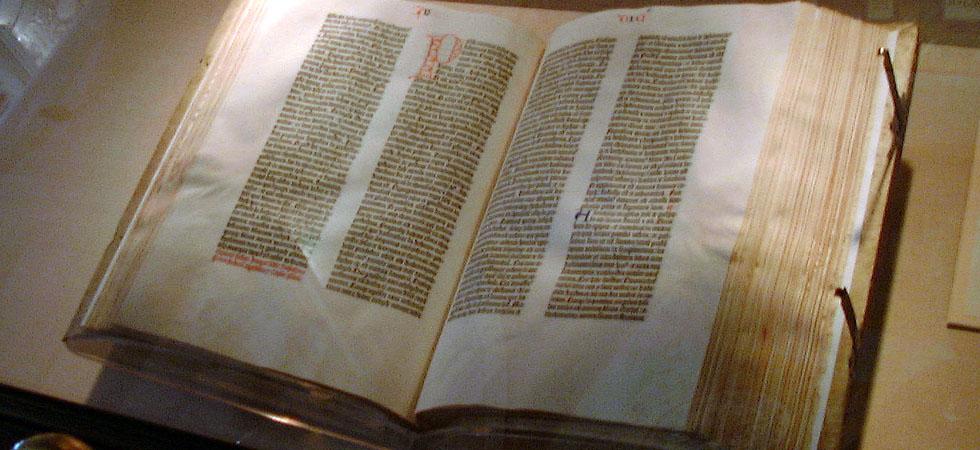Lectionarygreek.help
7 October 2022Hello, my name is John (Yiannis) Petropoulos, and I teach Ancient Greek Literature at the Democritus University of Thrace in Greece (https://duth.academia.edu/JohnIoannisPetropoulos).
A classicist, I have a strong side-interest in post-classical texts in the Greek language, which includes the Septuagint (LXX) and the New Testament. I have embarked on this blog (my very first) in the conviction that reading a scriptural passage in Greek and grappling with its surface meaning are the first step to exegetical insights. Understanding the original Greek text will enhance one’s appreciation of critical and theological discussions (which I leave to specialists). Some of us may have a grasp of koine Greek that is as precarious as the tiny, wobbly mustard seed in our opening passage of Luke (Luke 17). Others may have an acquaintance deep and strong as the roots of Luke’s mulberry bush. Either way I hope my regular comments on points of grammar, syntax, vocabulary, and rhetorical figures will be helpful to readers.

The readings are drawn from the Revised Common Lectionary published online by Vanderbilt Divinity Library (lectionary.library.vanderbilt.edu). The Greek text of the New Testament is the authorized 1904 text of the Ecumenical Patriarchate of Constantinople. (The Patriarchal text has been made available courtesy of the Greek Bible society and was digitized in XML in cooperation with the Greek Orthodox Archdiocese Department of Internet Ministries, the Greek Bible Society and the American Bible Society IT Department’s OSIS project.) The Greek Septuagint text is the one used by the Eastern Orthodox Church.






